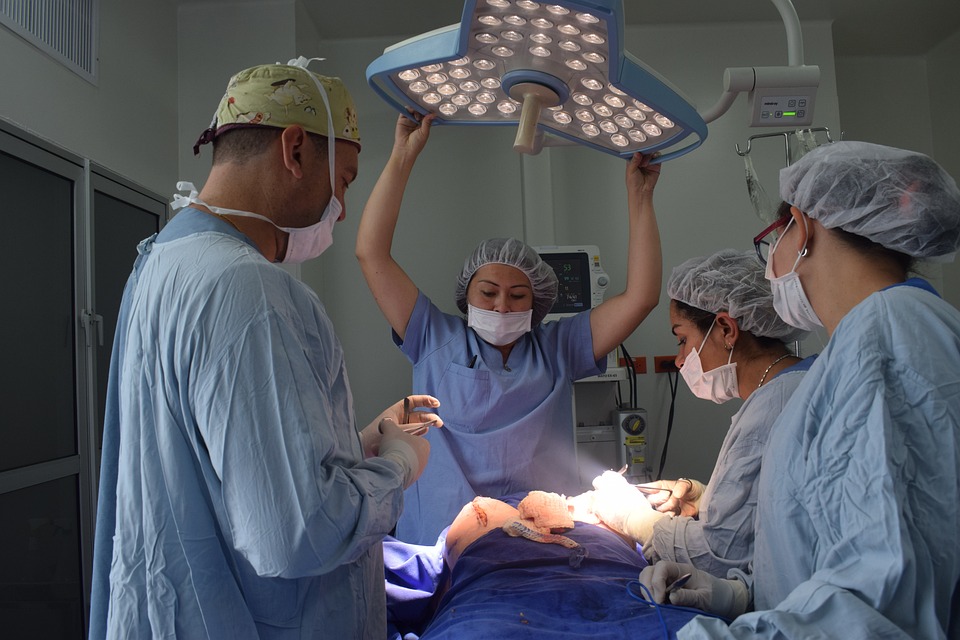
The Evolution of Plastic Surgery: From Reconstruction to Enhancement
Plastic surgery has come a long way since its inception, evolving from a practice primarily focused on reconstruction to one that also includes enhancement procedures. The history of plastic surgery is a fascinating journey that highlights advancements in medical technology, changes in societal values, and shifts in cultural attitudes toward beauty and self-improvement.
Reconstruction: A Historical Perspective
The origins of plastic surgery can be traced back to ancient civilizations such as India, Egypt, and Greece, where rudimentary techniques were used to repair facial injuries and reconstruct body parts damaged in battle or accidents. However, it was not until the 19th and early 20th centuries that modern plastic surgery as we know it today began to take shape.
During World War I, pioneering surgeons such as Harold Gillies and Sir Archibald McIndoe developed innovative techniques to treat soldiers with disfiguring facial injuries, effectively laying the foundation for modern reconstructive surgery. These early efforts not only improved the quality of life for wounded veterans but also paved the way for the development of aesthetic plastic surgery.
The Rise of Cosmetic Surgery
While plastic surgery initially focused on reconstructive procedures, the mid-20th century saw a shift toward cosmetic enhancements as people became increasingly interested in improving their appearance. The advent of new surgical techniques and materials allowed surgeons to perform a wide range of procedures, from facelifts and breast augmentation to liposuction and rhinoplasty.
Celebrities such as Marilyn Monroe and Elizabeth Taylor helped popularize plastic surgery by openly discussing their own procedures, leading to a surge in demand for cosmetic enhancements. As societal norms around beauty and self-image evolved, plastic surgery became more accepted and accessible to the general public.
Technological Advances in Plastic Surgery
The field of plastic surgery has made tremendous strides in recent decades, thanks to advancements in medical technology and surgical techniques. Treatments such as laser resurfacing, non-invasive body contouring, and injectable fillers have revolutionized the way patients can improve their appearance without the need for traditional surgery.
In addition, 3D imaging technology and computer-assisted design have made it easier for surgeons to plan and execute complex procedures with greater precision and accuracy. Virtual reality tools now allow patients to visualize their potential results before undergoing surgery, empowering them to make informed decisions about their treatment options.
Changing Cultural Attitudes Toward Beauty
The evolution of plastic surgery is also influenced by changing cultural attitudes toward beauty and self-expression. In today’s society, there is a greater emphasis on individuality and self-care, with many people viewing cosmetic enhancements as a form of self-improvement rather than vanity.
Social media and celebrity culture have further fueled this trend, with influencers and public figures often sharing their own plastic surgery experiences with millions of followers. The normalization of cosmetic procedures has made it easier for individuals to consider plastic surgery as a viable option for achieving their desired aesthetic goals.
The Future of Plastic Surgery
As technology continues to advance and societal attitudes toward beauty evolve, the future of plastic surgery looks promising. From personalized treatment plans tailored to each patient’s unique needs to minimally invasive procedures that offer natural-looking results, the field of plastic surgery is constantly innovating to meet the demands of a modern society obsessed with youth and beauty.
In the coming years, we can expect to see even more sophisticated techniques and tools that enhance the safety, effectiveness, and accessibility of plastic surgery. With a growing number of patients seeking cosmetic enhancements to boost their self-confidence and improve their quality of life, plastic surgery is likely to remain a popular choice for those looking to enhance their appearance and achieve their aesthetic goals.
Conclusion
The evolution of plastic surgery from a predominantly reconstructive practice to one that also includes enhancement procedures reflects the changing dynamics of beauty, technology, and culture. As the field continues to advance, patients can expect to benefit from innovative treatments and techniques that offer safe, effective, and natural-looking results. Whether seeking to restore function after an injury or enhance their appearance for personal reasons, individuals can now choose from a wide range of options to achieve their desired aesthetic goals.